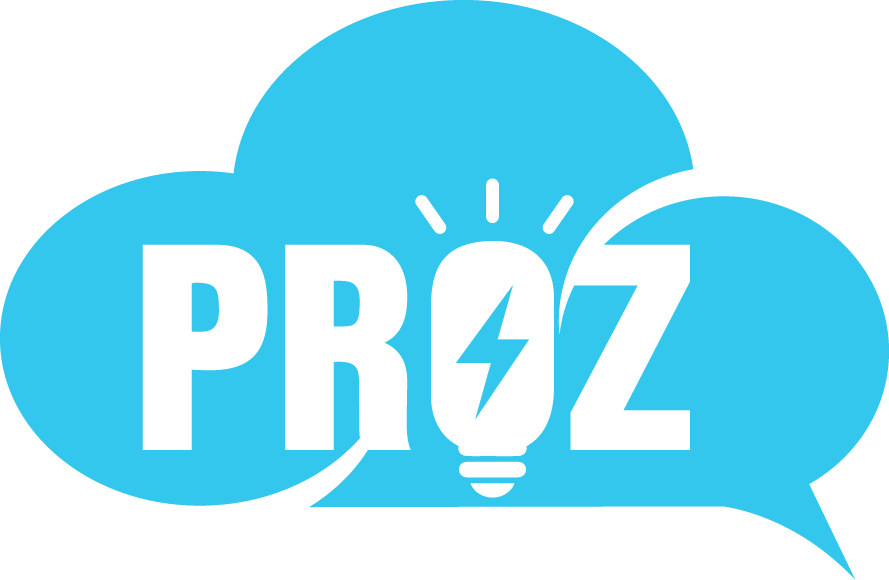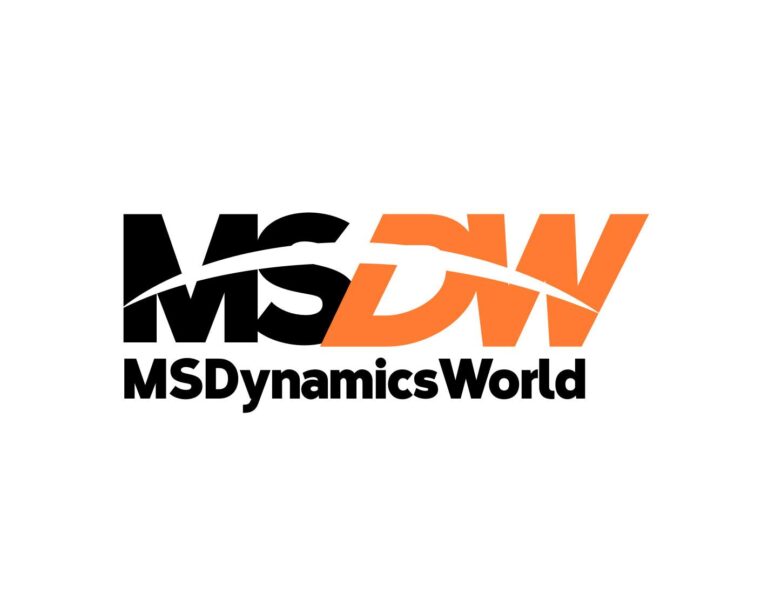When a friend or colleague takes the time to tell you about a product or service, you probably listen. Word of mouth is the most common way people hear about brands. But how do you know if existing customers like your company enough to recommend it to their friends? One way to find out is by tracking your Net Promoter Score (NPS).
But is NPS really the best way to measure customer loyalty? Some service leaders aren’t so sure. We wanted to explore the pros and cons of this popular (and sometimes controversial) metric by reviewing what it is, why it’s important, and why some Service Trailblazers choose to measure loyalty in other ways.
Table of contents
What is a Net Promoter Score?
First, let’s start with the basics. The Net Promoter Score is a customer experience metric that captures how likely a customer is to recommend your products, services, or brand. It was created by Fred Reichheld in 2003, and has since been widely adopted.
To find NPS, businesses ask customers this question: “On a scale from 0 to 10, how likely would you be to recommend our company to a friend or colleague?” Typically, companies follow up with an open-ended question to learn why a customer chose their score.
People who answer with a 9 or a 10 are considered promoters of your business — loyal, enthusiastic fans who account for the vast majority of positive referrals. Those who answer 7 or 8 are considered passives. They are satisfied but repurchase and refer less often than promoters, and may even defect. Anyone who answers 6 or less is considered a detractor. They account for most of your negative word of mouth.
Get actionable customer service insights
High-performing service organizations are using data and AI to improve efficiency without sacrificing the customer experience. Find out how in our latest State of Service report.


How to calculate Net Promoter Score
A company’s NPS is the percentage of promoters minus the percentage of detractors. For example, if you have responses from 100 customers with 30 promoters and 18 detractors, your NPS is 12.
Why is Net Promoter Score important?
Companies use NPS to learn more about individual customers, as well as how their products, services, and brand are perceived overall. NPS feedback helps you make things right with individuals, improve your product offerings, and put customer service principles to work.
If your company is improving in ways that matter to customers, your NPS should rise over time. A sudden drop in NPS is a warning that something is off and must be addressed.
Get service articles selected just for you, in your inbox
Where does Net Promoter Score fall short?
NPS has been around for two decades – long enough for plenty of criticism and debate. One critique is that NPS measures how likely a customer is to recommend your company, not whether they actually did. Thus it fails to capture the true financial impact of customer sentiment.
Some service leaders feel that Net Promoter Score is great for B2C (business-to-consumer) organizations, but less ideal in the B2B (business-to-business) world. “When you’re a B2B company, the contacts who deal with your service team are not the same contacts who maintain or cancel the business relationship,” says Cecilia Cartier Moulin, global performance manager, customer service transformation at Henkel Global Supply Chain B.V. “That’s why I prefer customer effort score (CES), because it gives you more information about the people who are performing those critical transactions — the people your service teams are actually doing business with.”
I prefer metrics with a narrower focus. It’s not enough to know if your customers are happy or unhappy — you need to know why.
Josh Ray
Senior customer experience business systems analyst, Grainger
Another criticism is that NPS lacks the specificity of other measurements. “I prefer metrics with a narrower focus,” says Josh Ray, senior customer experience business systems analyst at Grainger. “It’s not enough to know if your customers are happy or unhappy — you need to know why. The NetEasy Score, for example, gets to the core issue: how easy was the customer’s experience? NPS, on the other hand, is a broader measure with a lot of potential inputs, so it’s difficult to derive specific action from it.”
How to improve your Net Promoter Score
Measuring your NPS isn’t a one-time project. It’s a metric to track and work strategically to enhance. To improve your company’s NPS, you’ll want to take a dual approach. First, focus on each customer who responds to your NPS survey. Second, you need to take a broad view of your company’s score and its various components. Consider these strategies:
1. Analyze NPS regularly
Customer perceptions are always shifting. An NPS survey gives you a view at that moment in time, which is why you’ll want to repeat and analyze regularly. Quarterly may be a good cadence to survey each buyer, as more often could lead to customer fatigue. You may also want to time your survey to align with certain marketing or product initiatives. And many businesses send out NPS surveys after customer service interactions to track sentiment on a more granular level.
Once you have results, it’s time to analyze. Pay attention not only to the overall NPS, but also to the percentage of customers in each category. Shifts in the share of promoters, passives, and detractors over time help you understand how NPS is trending.
For instance, if your share of passives is increasing, that could be good or bad. If detractors simultaneously decrease, that’s great – you’re turning detractors into passives. However, if the rise in passives is matched by a decline in promoters, that’s not good – loyal customers are becoming less satisfied.
Another way to glean insight from NPS scores is to look at them for different customer groups. You could segment based on how long respondents have been customers, how much they have purchased, or demographic factors like age and gender.
The open-ended portion of your NPS survey — where customers explain why they scored as they did — is especially valuable. Perhaps customers are consistently telling you there’s a problem with your website, or that they want fewer automated emails. Maybe your stringent return policy causes them to defect to a competitor. Perhaps your customer service team does not respond quickly enough. Or, feedback on specific products may help you improve them.
2. Include the whole company
If NPS is a key business metric, then everyone – from marketing to sales to customer support – needs to understand what it is and why it matters.
Certain departments may choose to include NPS as a key metric. Your company may even incentivize teams based on NPS, in addition to more traditional metrics like revenue. Sharing comments from NPS surveys helps teams who don’t interact directly with customers better understand the customer experience.
Service agents can certainly be helpful in improving NPS. They can flag problems, and are often the team responsible for following up with customers after NPS results roll in. It’s a good idea to offer customer service training for this type of interaction, so agents have the needed skills.
Support teams also help their company improve overall NPS by doing what they do best: creating top-notch experiences. After all, 80% of customers will forgive a company for a mistake after receiving excellent customer service. And 94% say a positive experience makes them more likely to purchase again.
3. Reach out to unhappy customers
Detractors in particular are a key group to engage. When someone gives your business a 0 rating, or even as high as a 6, support should reach out to try to improve the situation. Winning back the customer’s goodwill could prevent poor word of mouth. It also could save money, since keeping a customer is less costly than recruiting a new one.
If you can’t win the customer over, at least have agents document the situation and share with relevant teams, so a repeat can be prevented in the future.
4. Reward and learn from promoters
Promoters — customers who answer your NPS survey with a 9 or 10 rating — are your most valuable customers. You may want to reward them with perks, like early access to new products or services, or invites to special events. Allow them to bring friends and you may even gain new customers. Offering a referral bonus could encourage promoters to recruit others, and also help your business better track referrals.
Be sure to get feedback from promoters to understand why they are such big fans. Explain that you’re asking because they are your most valued customers. Promoters’ insights may surface new information about your strengths, which you can build on to make the customer experience even better.
The NPS question should always be followed by additional questions. That’s where you can gather further context and actionable insights.
Christina Nava
Director of Salesforce strategy, Gaggle
5. Don’t ignore passives
Passives — customers who answer your NPS survey with a 7 or 8 rating — are neither loyal fans, nor upset with your company, so it’s easy to ignore them. But if you do, they may jump ship.
Think about it. Passives are lukewarm – and thus well-positioned to help you improve. They may have a specific issue that keeps them from recommending you. If you learn about and fix it, you could improve your offering and turn passives into promoters. But if a competitor learned about your passives’ grudges with your company, it could address the issues and steal your passives away.
Passives are really important but as they’re less passionate, they may be less likely to bother filling out a survey. If you aren’t getting meaningful feedback from passives through NPS surveys, you may want to commission a market study for deeper insight.
6. Follow the referral money
Tracking customer referrals and quantifying their financial value does offset the squishiness of NPS. But it isn’t necessarily easy. After all, when you tell a friend during a Saturday coffee chat about your favorite clothing brand, how often do you bother to then tell the company you made a referral? And how often does your friend first try the brand, and then take the time to let the company know you referred them?
No metric is perfect. NPS simply gives you a snapshot view that may be worth considering. “I’ve always liked NPS as the first question you can ask your customers,” says Christina Nava, director of Salesforce strategy at Gaggle. “It gives you a quick glance at their overall feelings toward your company — but many people forget that it’s only a glance. The NPS question should always be followed by additional questions. That’s where you can gather further context and actionable insights.”
Trending Articles

3 Ways Generative AI Will Help Marketers Connect With Customers
3 min read

Skill Up on AI with Trailhead
6 min read
What is a good Net Promoter Score?
Net promoter score ranges from -100 (all detractors) to 100 (all promoters). But how high should you aim, exactly?
To answer, you need to know what’s standard for your industry, company size, and geographic location. It’s not helpful to compare yourself to a major brand if you are, say, a local self-storage company.
What is a bad Net Promoter Score?
NPS below 0 indicates that your company has more detractors than promoters, and would generally be considered bad.
But low scores may be normal in your industry. Again, that’s why it’s key to compare your performance against your specific industry, company size, and geographic location.
How to implement Net Promoter Score
To get started with NPS at your company, invest in an NPS survey software that integrates with your customer relationship management (CRM) platform. It can help to look for one that allows you to automate survey distribution. This allows you to connect NPS survey information with your existing data.
You can automate workflows to trigger notifications when a low NPS score comes in. Or you might trigger NPS surveys when certain events occur, such as a customer upgrading from freemium to a paid plan.
Beyond the technical requirements to send out NPS surveys, you’ll need to designate who is responsible for reaching out to customers after surveys, and who is responsible for analyzing NPS and presenting insights to the broader organization.
Put AI, automation, and data to work
The right mix of customer service channels and AI tools can help you become more efficient and improve customer satisfaction. Our guide reveals how high-performing service orgs make it happen.












